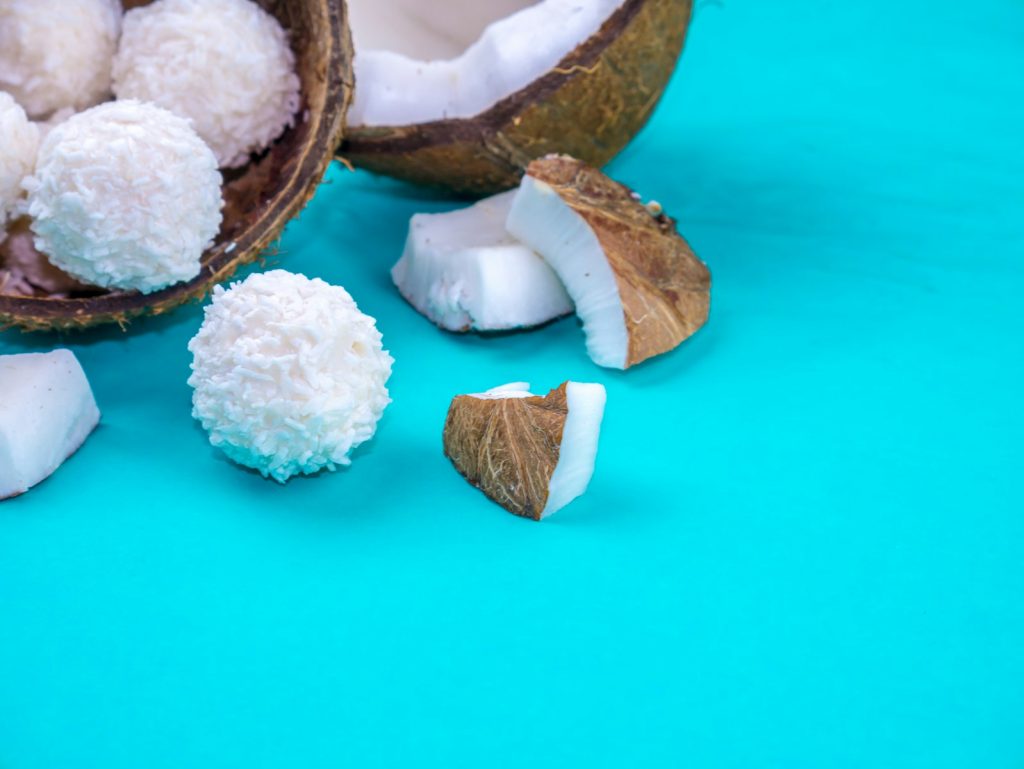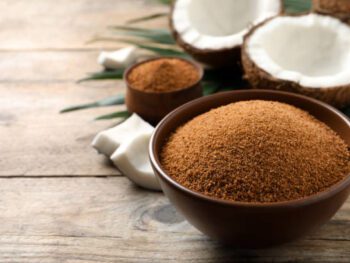
Coconut flakes have long been a beloved ingredient in tropical cuisines, but in recent years, they’ve found their way into kitchens all around the world. Light, nutty, and slightly sweet, these thin shreds of dried coconut add both texture and flavor to everyday dishes. While many people associate coconut flakes only with desserts, their versatility goes far beyond baking. Whether you’re whipping up a quick breakfast, a hearty lunch, or even experimenting with savory dinners, coconut flakes can easily elevate your meals with a touch of exotic flair.
If you’re looking for new ways to enjoy this ingredient, here are 10 creative ways to use coconut flakes in everyday cooking.
1. Boost Your Breakfast Bowls
Start your morning with an energizing twist by sprinkling coconut flakes over your favorite breakfast. They add crunch and flavor to oatmeal, overnight oats, yogurt parfaits, or smoothie bowls. Lightly toasting the flakes in a dry pan for just a few minutes enhances their nutty aroma, making your bowl more satisfying. Pair them with tropical fruits like mango, pineapple, or banana for a sunshine-inspired breakfast.
2. Add Texture to Baked Goods
Coconut flakes are a baker’s secret weapon for creating depth of flavor and texture. Fold them into banana bread, muffins, or cookies for an extra layer of chewiness. For a striking garnish, sprinkle them on top of cakes or cupcakes before baking—the flakes will toast slightly in the oven, giving your desserts a golden finish. Gluten-free and vegan recipes also benefit from coconut flakes, as they add natural sweetness without refined sugar.
3. Create Crispy Coconut Crusts
Why stick with plain breadcrumbs when you can create a crunchy, flavorful coating with coconut flakes? Mix flakes with panko or crushed nuts to coat chicken, shrimp, or fish before baking or frying. The result is a crispy golden crust with a subtle sweetness that balances savory dishes beautifully. This method works especially well with spicy marinades, as coconut mellows out the heat while adding a tropical twist.
4. Elevate Salads with a Nutty Crunch

Salads don’t have to be boring, and coconut flakes prove just that. Lightly toasted flakes add crunch and richness to green salads, slaws, or grain bowls. Toss them with roasted vegetables, quinoa, or kale for extra flavor. For a Thai-inspired salad, combine shredded cabbage, carrots, cilantro, lime, and a sprinkle of toasted coconut flakes for a refreshing side dish.
5. Stir Into Savory Curries and Soups
Coconut flakes aren’t limited to sweet dishes—they shine in savory cooking, too. Add a handful to curries, stews, or creamy soups for texture and enhanced flavor. They pair especially well with coconut milk-based dishes, deepening the richness. In Indian and Southeast Asian cuisines, coconut flakes are often used in spice pastes or dry chutneys, where they help balance bold spices with their natural sweetness.
6. Make Coconut “Bacon” for Plant-Based Cooking
If you’re following a vegan or vegetarian lifestyle, coconut flakes can serve as a surprisingly tasty substitute for bacon. Simply toss large flakes with soy sauce (or tamari), smoked paprika, and maple syrup, then bake them until crisp. The result is a smoky, savory topping that works well on salads, sandwiches, or even avocado toast. It’s an inventive way to enjoy familiar flavors with a plant-based twist.
7. Add to Homemade Granola or Energy Bars

Coconut flakes are a staple in homemade granola recipes, adding both crunch and flavor. Toast them with oats, nuts, seeds, and a drizzle of honey or coconut nectar for a nutritious breakfast or snack. You can also press them into no-bake energy bars or protein balls for a portable treat. Coconut pairs perfectly with chocolate, dried fruits, and nut butters, making it easy to mix and match flavors.
8. Upgrade Rice and Grain Dishes
Turn plain rice or quinoa into a flavorful side dish with the addition of coconut flakes. Stir them in during the cooking process or sprinkle toasted flakes on top just before serving. For a full tropical-inspired dish, try coconut-lime rice or coconut quinoa pilaf. This technique is especially delicious when served with grilled seafood, curry, or jerk chicken.
9. Blend Into Smoothies and Shakes
Looking for an easy way to sneak coconut into your diet? Toss a spoonful of flakes into your smoothies or shakes. They not only enhance the flavor but also add fiber, making your drink more filling. Blending them with tropical fruits, cocoa, or nut butter creates a creamy consistency and a rich taste. For added flair, use toasted coconut flakes as a garnish around the rim of your glass.
10. Experiment with Sweet and Savory Snacks

Coconut flakes are ideal for homemade snacks that satisfy both sweet and savory cravings. Mix them with nuts and dried fruits for trail mix, or roast them with a touch of sea salt and spices for a crunchy, savory bite. They also make a fun topping for popcorn, where their subtle sweetness balances buttery or spicy flavors. This makes coconut flakes a versatile pantry staple for quick, healthy snacking.
Final Thoughts
Coconut flakes are far more than just a dessert ingredient—they’re a culinary powerhouse that can be used in countless ways. From breakfast bowls to curries, from crunchy coatings to smoothies, their versatility allows you to get creative in the kitchen while keeping meals nutritious and exciting.
By experimenting with these 10 ideas, you’ll discover that coconut flakes can transform everyday cooking into something extraordinary. Whether you’re aiming for tropical flavors, plant-based alternatives, or just an extra layer of crunch, this ingredient is a must-have for every pantry.
So next time you’re at the store, grab a bag of coconut flakes and start exploring—you’ll be surprised at how many delicious possibilities await.



